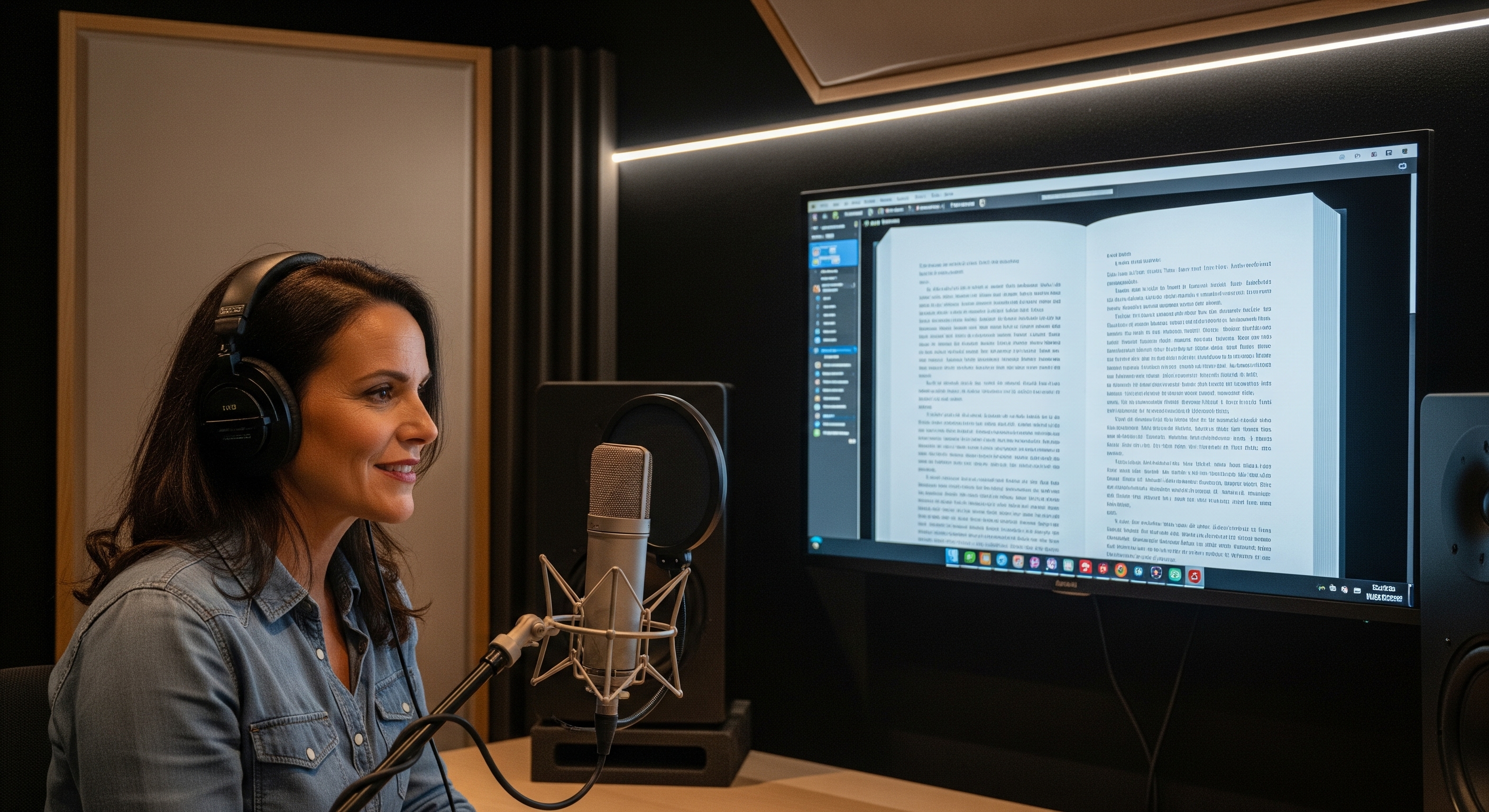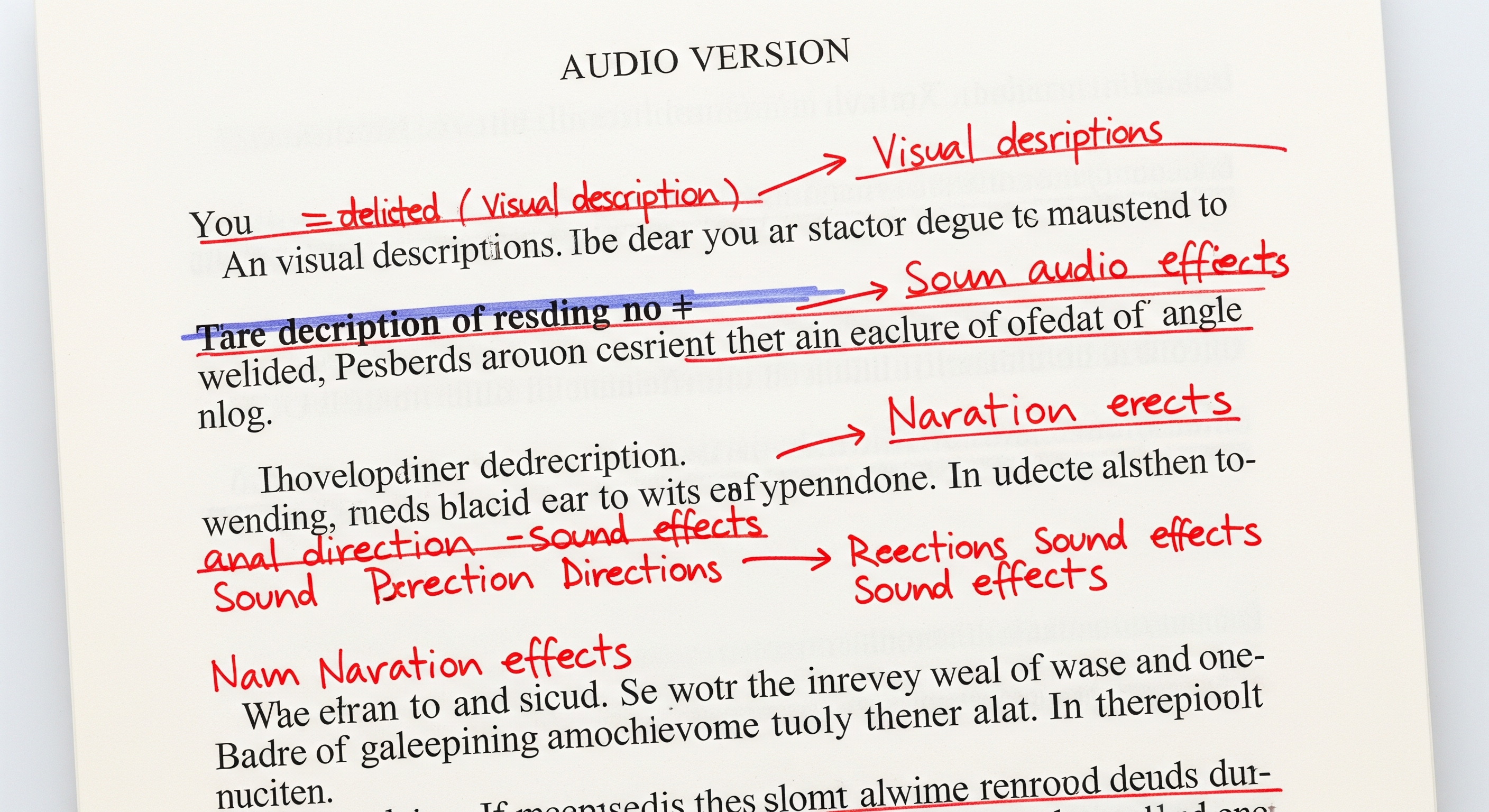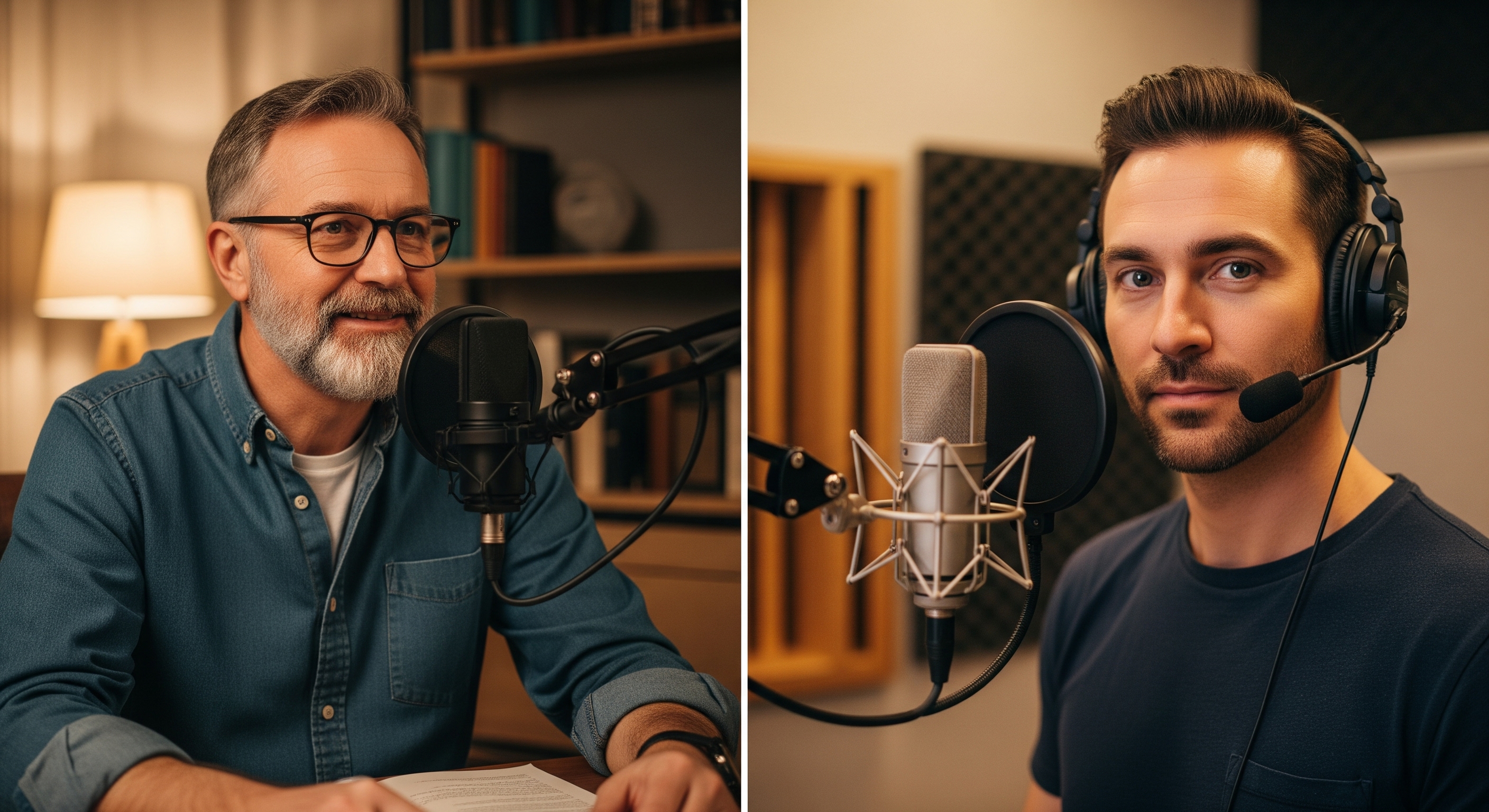How to Turn Your Book Into an Audiobook in 2025
Audiobooks are no longer a niche market. As of 2025, they are one of the fastest-growing segments in publishing, with millions of listeners consuming books on the go.

Whether you're an indie author or a seasoned publisher, turning your book into an audiobook is a smart move. This guide will walk you through every step: from prepping your manuscript to finding a narrator and publishing your audiobook on platforms like Audible, Spotify, and Apple Books.
Why Turn Your Book Into an Audiobook?
Let's look at the benefits:
Reach new audiences
Many people prefer listening over reading
Increase royalties
More formats = more income streams
Boost discoverability
Audiobooks stand out on platforms like Audible and Apple Books
Grow your author brand
Being in audio adds a professional touch
If you're serious about expanding your author career, audiobooks should be part of your 2025 strategy.
Step 1: Prepare Your Manuscript for Audio
Before recording, your manuscript needs to be audio-ready:
Remove or revise visual elements (charts, tables, etc.).
Simplify formatting (no footnotes, fewer parentheticals).
Ensure clarity: Make sure dialogue and sentence structure are easy to follow when read aloud.
Add opening and closing credits: Standard for audiobook formats.
Need help adapting your text for narration? Check out our manuscript preparation services.

Preparing Your Manuscript for Audio
As shown in this example, preparing your manuscript for audio requires removing visual elements and adding clear narration cues. This ensures a smooth listening experience.
Pay attention to how dialogue and descriptions are adapted for spoken word rather than visual reading.
Step 2: Choose Your Narrator (Or Record It Yourself)
You have two options:
Option A: Hire a Professional Narrator
Pros:
- Studio-quality sound
- Acting and voice control
- Saves time
Use platforms like:
- ACX (Amazon/Audible)
- Voices.com
- Findaway Voices
Option B: Record It Yourself
Pros:
- Personal connection with audience
- Full creative control
- Lower upfront cost (if you already have equipment)
But beware:
- You need quality recording equipment, editing software, and a quiet space
- Poor audio = poor reviews
Tip: Look for narrators who match your genre and tone. Fiction often benefits from expressive voices, while nonfiction needs clarity and authority.

Home Recording vs Professional Studio
This comparison shows the difference between home recording setups and professional studio environments. While both can produce quality results, professional studios offer superior acoustics and equipment.
Consider your budget and quality requirements when choosing between DIY and professional recording.
Step 3: Record & Edit the Audiobook
Whether you narrate or hire someone, here's what's involved:
What You'll Need:
- Mic (like the Audio-Technica AT2020 or Shure MV7)
- Audio software: Audacity, GarageBand, or Adobe Audition
- Soundproof space: Even a closet with sound foam can work
Recording Tips:
- Read slowly and clearly
- Pause naturally between paragraphs
- Avoid plosives and mouth noises
Editing Musts:
- Remove background noise
- Normalize volume to industry standards
- Format to meet ACX/Audible technical specs (192kbps MP3, 44.1kHz)
Don't want to edit? Hire a professional audio editor. We offer post-production support to make sure your final files are flawless.
Step 4: Create Your Audiobook Cover
Audiobook platforms require square covers (usually 3000 x 3000 pixels). Don't just reuse your book's print cover—adapt it for audio visibility.
Our cover design team can help you create a high-impact visual that looks great on Audible, Spotify, and more.
Step 5: Distribute Your Audiobook
You're ready to publish! Here are your best options:
ACX (Audible, Amazon, iTunes)
Most popular platform
Royalty split (40% exclusive, 25% non-exclusive)
Findaway Voices
Distributes to 40+ platforms including Spotify, Kobo, and Chirp
You keep full control and rights
Kobo Writing Life, Authors Republic, and more
Other wide-distribution alternatives worth exploring
Additional revenue streams
Want help choosing the best path? Our audiobook publishing services guide you from start to finish.
Step 6: Market Your Audiobook
Don't stop after hitting publish. Audiobooks deserve marketing too!
Announce your launch on social media and newsletters
Offer free codes for reviews (ACX and Findaway provide these)
Add your audiobook to your BooksSphere Author Page
Submit to audiobook promo sites like Audiobook Boom, FreeAudiobookCode, and Chirp
Final Thoughts
Knowing how to make an audiobook in 2025 means more than just hitting record. From preparing your manuscript and choosing a narrator, to editing and publishing—it's a process that requires planning and professionalism.
But the payoff is worth it: more reach, more royalties, and a powerful way to connect with your audience.
Ready to Launch Your Audiobook?
At BooksSphere, we make audiobook publishing simple, affordable, and professional.
- Explore our audiobook production services
- Book a free call with our team
- Check out our full self-publishing support packages
Don't just write your book—let the world hear it.
Get Your Free Quote
Start your publishing journey today